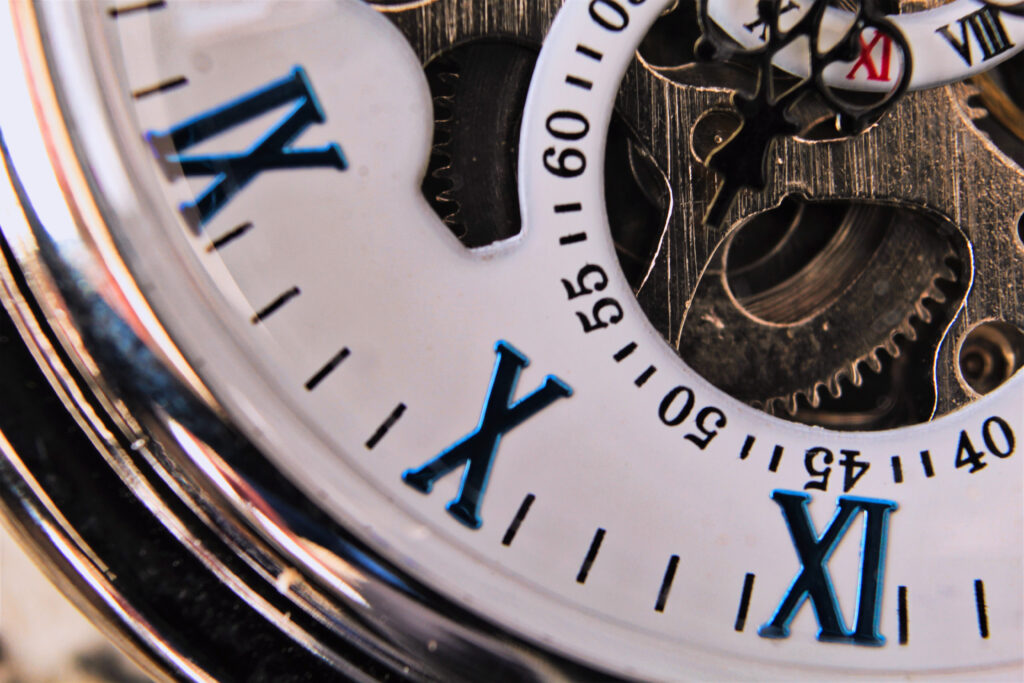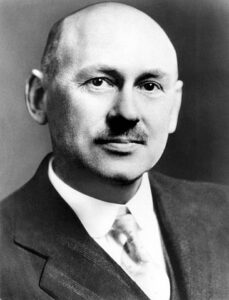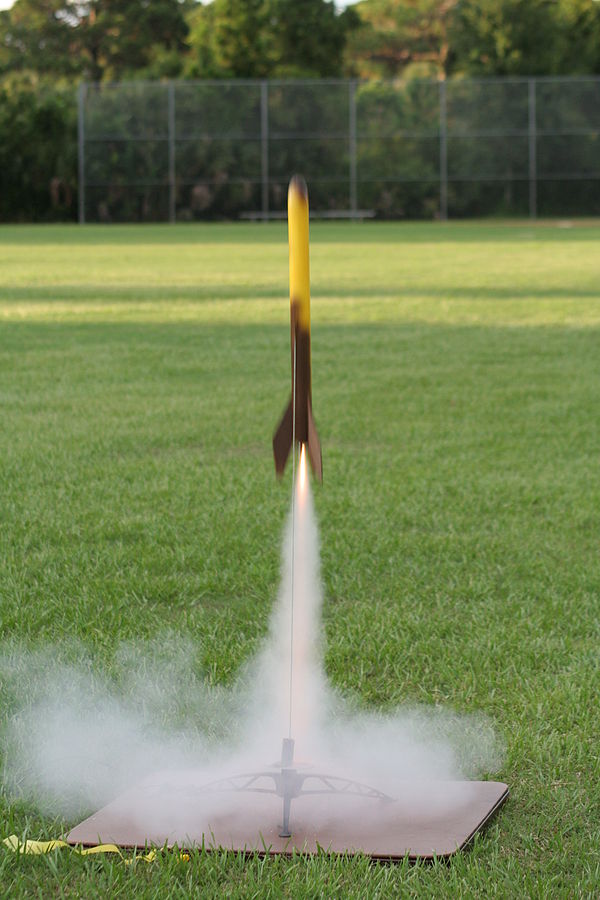
History of Model Rocketry
The origins of model rocketry can be found in the early 20th century, when scientists and engineers first started experimenting with rockets to explore the atmosphere and space. Model rocketry has changed over time from a purely scientific endeavor to a pastime enjoyed by millions of enthusiasts worldwide. Scientists and engineers experimented with rockets in the early years of model rocketry to explore the atmosphere and space. The development of powerful rockets for military and space exploration in the 1940s and 1950s inspired an increase in interest in the hobby of model rocketry.

In 1926, Robert Goddard successfully launched the first liquid-fueled rocket, which was one of the earliest recorded experiments in rocketry. This experiment paved the way for the development of high-powered rockets for military and space exploration applications, as well as a growing interest in model rocketry as a hobby.
At this time, hobbyists started experimenting with little rockets powered by industrial motors, launching them for entertainment and research by the 1960s, model rocketry had become a popular hobby, with enthusiasts forming clubs and organizations to share their knowledge and experience. During this time, the first commercially available model rocket kits became available, making it easier for enthusiasts to get involved in the hobby.
With the expansion of the space program and the rising popularity of science fiction and scientific-based hobbies in the 1970s and 1980s, model rocketry saw a rebirth. During this period, model rocketry also started to incorporate electronics, including flight computers, launch controllers, and other devices that improved the accuracy and control of rocket launches. Millions of people enjoy model rocketry today, and there are clubs and organizations devoted to the sport as well as a vibrant industry that creates a variety of rocket kits, engines, and other equipment.

Model rocketry is an engaging hobby that is constantly evolving and growing. Let’s sum up by saying that model rocketry has a long and intriguing history that can be traced back to the early years of space travel and rocket technology. Model rocketry has gone a long way since its beginnings as a pastime for scientists and engineers to its status as a well-liked hobby enjoyed by millions of enthusiasts. It also continues to develop and expand with each passing year.
Model rocketry is an intriguing and stimulating pastime that is likely to capture and inspire, whether you are an experienced enthusiast or are just getting started.
Important events in the history of model rocketry:
- 1954: The first model rocket engine was designed.
- 1957: The founding of the National Association of Rocketry (NAR) in the United States. The NAR is the largest model rocketry organization in the world and is dedicated to promoting the safe and responsible enjoyment of the hobby.
- 1958: The introduction of Estes Industries, a company that would go on to become one of the largest and most influential manufacturers of model rocket kits and accessories.
- 1969: The first successful moon landing by the Apollo 11 mission, which sparked a renewed interest in space exploration and model rocketry.
- 1970: The establishment of the Model Rocket Safety Code by the National Association of Rocketry, which outlines safe practices for the hobby and is still used by model rocket enthusiasts today.
- 1974: The passage of the U.S. Federal Aviation Administration’s (FAA) “Model Rocket Safety Code,” which outlines safety regulations for the hobby and provides a framework for safe and responsible model rocketry.s
- 1978: The development of the first commercially available flight computers for model rocketry, which allowed enthusiasts to precisely control the flight of their rockets and collect data on their performance.
- 1980s: The introduction of new materials and technologies, such as composite materials and electronic igniters, which led to a new era of innovation in model rocketry design.
- 1990s: The rise of the Internet and online communities, which made it easier for model rocket enthusiasts to connect, share information, and collaborate on new designs and ideas.
